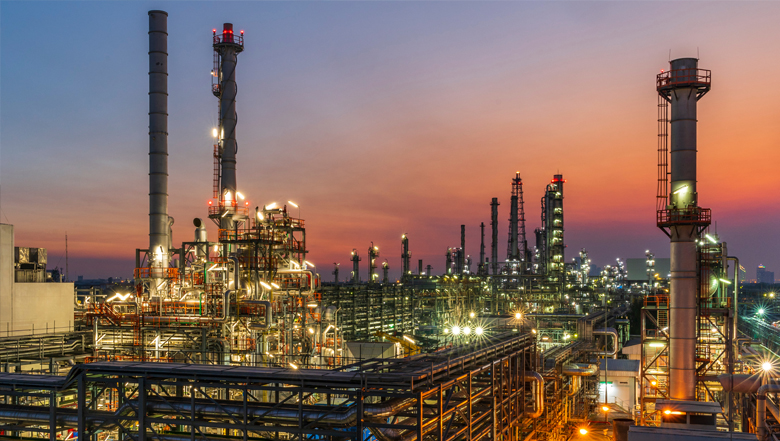At a recent Energy Asia conference in Malaysia, executives and experts from global oil companies discussed the future demand and supply of oil and how soon the energy transition will occur. The consensus was that global markets were still thirsty for oil for at least another two decades before the EV market took over in Western Europe and the USA. Europe and the USA’s overall oil demand has dropped by 1.5 million barrels daily compared to 2019.
According to ExxonMobil, the overall oil demand for the next 25 years will rise by 15 million barrels daily, mainly from Asia, Africa, the Middle East, and Latin America. The growth of Liquid Natural Gas will come from China, India, Korea, Japan, and Vietnam. Most of this growth is attributed to Southeast Asia’s population growth.
The Indian Oil Corporation has announced plans to build more oil refineries and increase refining capacities by 20% for the next three years.
Most experts at the conference agree that global oil demand will rise to 110 million barrels a day by 2045 but will drop dramatically after that. Countries such as Libya and many other African oil-producing countries that missed the opportunities of the last three decades to invest their oil revenues in building their countries will have another final chance again before the demand for oil by European countries becomes a thing of the past.
Embroiled in a never-ending social and political conflict, Libya will have to find an early solution away from the threats of oilfield closures and focus its energies on taking advantage of this last opportunity. In short, the days of high oil demand and revenues are coming to an end. Libyans must understand this fact and work to solve their problems very quickly by investing in infrastructure that does not now exist and is much needed, such as drinking water, sewage, hospitals, and educational facilities for the growing population, as well as many others.
Omar Khattaly
A Researcher specializing in Sovereign Wealth Funds and the Middle East & Africa Political Economy


